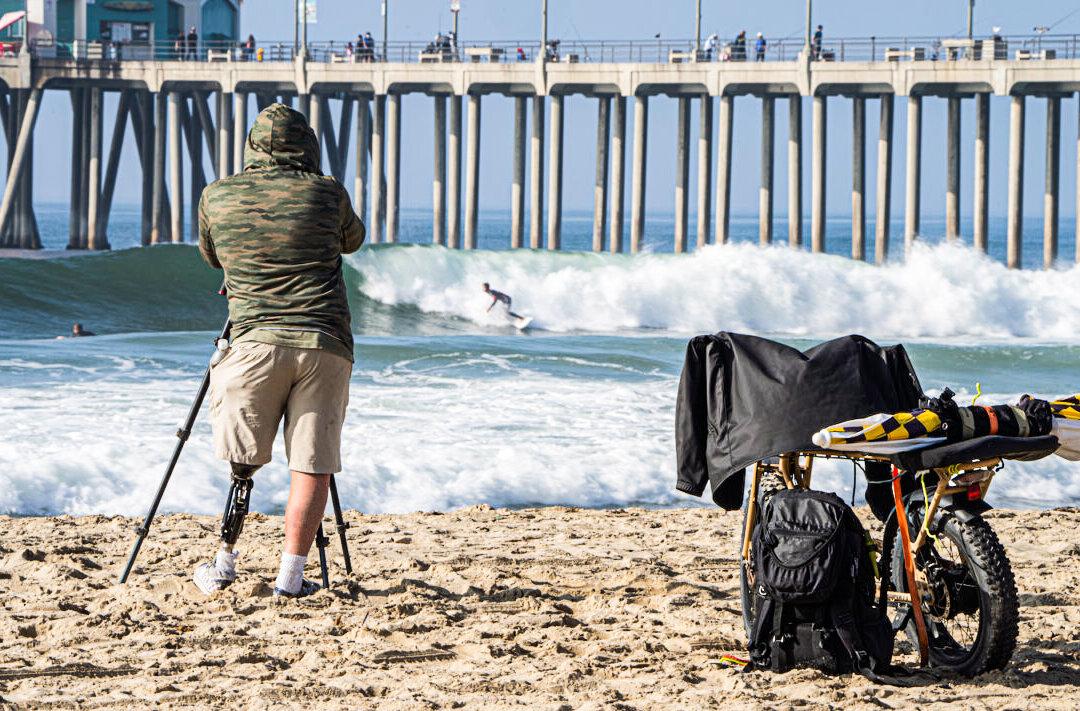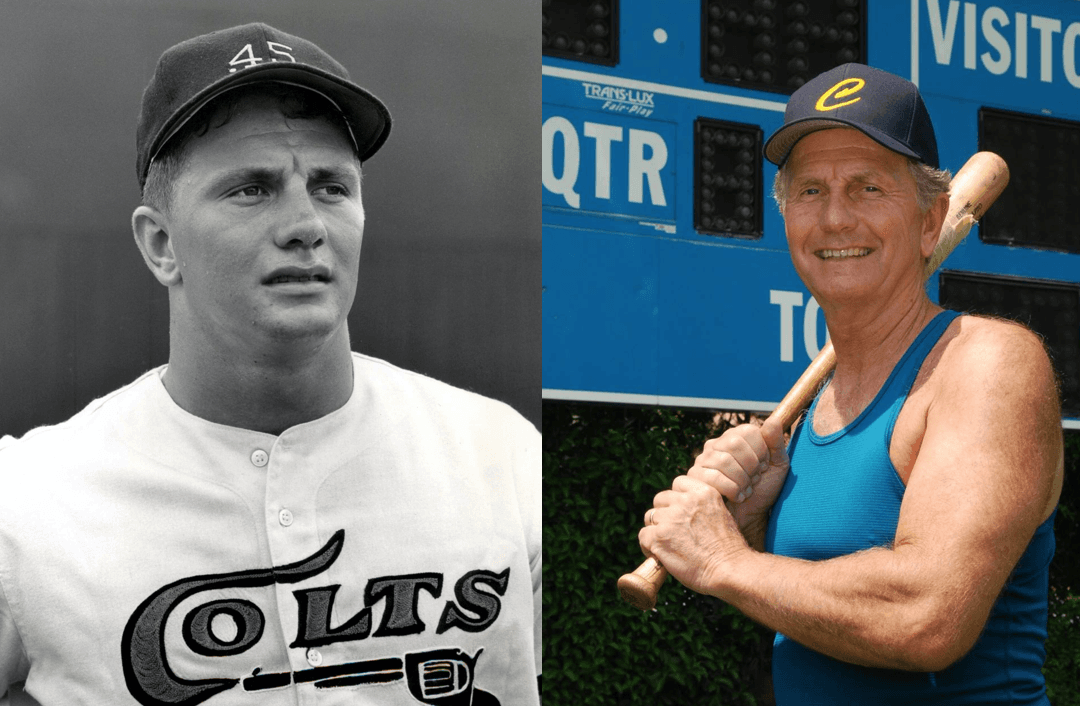The pain would start early in the morning.
It was intense, his left leg aching like one can’t imagine, a sharp, distinct sensation that was nearly unbearable. The pain was real, which might be difficult to imagine, because Brian Bott doesn’t have a left leg.




